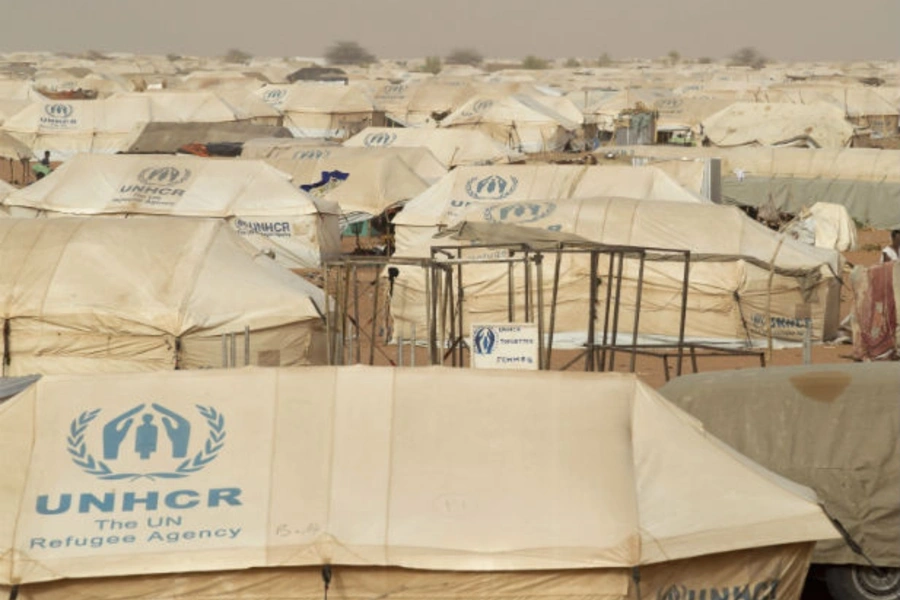With so much attention to stonings, amputations, and the destruction of world heritage sites by radical Islamists in the north and the sometimes grotesque political ballet in Bamako, it is easy to lose sight of the dawning humanitarian nightmare of malnutrition, and internal displacement and refugees, all of which encourage disease. As of the present, the international community is ill-prepared to cope. According to the UN High Commissioner for Refugees (UNHCR), 53,000 Malians have fled to Niger and 96,000 to Mauritania. UNHCR estimates that 174,000 Malians are internally displaced. The World Food Program (WFP) has enough food to feed 60,000 Malians until the end of September. A WFP official estimates that 77,000 need food aid – other estimates are much higher.
Malnutrition often combined with malaria is not new among children in the south. In 2011, before the present political crisis became so acute, a government survey found 150,000 acutely malnourished children. Medicines sans Frontiers estimates that 30,000 of them were treated by aid agencies and the government. Nobody seems to know what happened to the other 120,000. There is anecdotal evidence that the situation is much worse this year. In the north, malnutrition in the past was less prevalent because the diet was protein-rich among pastoralists: meat, milk, and tea. But, now pastoralists’ access to pasture is reduced, animals are dying, and cereal prices are high because of the pervasive drought and conflict. There are also estimates that rice production will be reduced by 20-30 percent this year. Aggravating the food and health crisis, many health workers fled and clinics closed with the coming of the Islamists.
More on:
The international community must help. But, according to the UN, the World Food Program has a 36 percent budget shortfall. The shortfall for UNHCR is 66 percent. Overall, the funding shortfall for UN agencies working in Mali and the Sahel is about 58 percent. Yet, as a practical matter, it is these agencies often working closely with NGOs that are the means by which the international community responds to disaster. Governments need to open their wallets--now. Agencies need lead time to buy and stockpile food and medicine. And, for WFP at least, the food runs out in September.
More on:
 Online Store
Online Store
